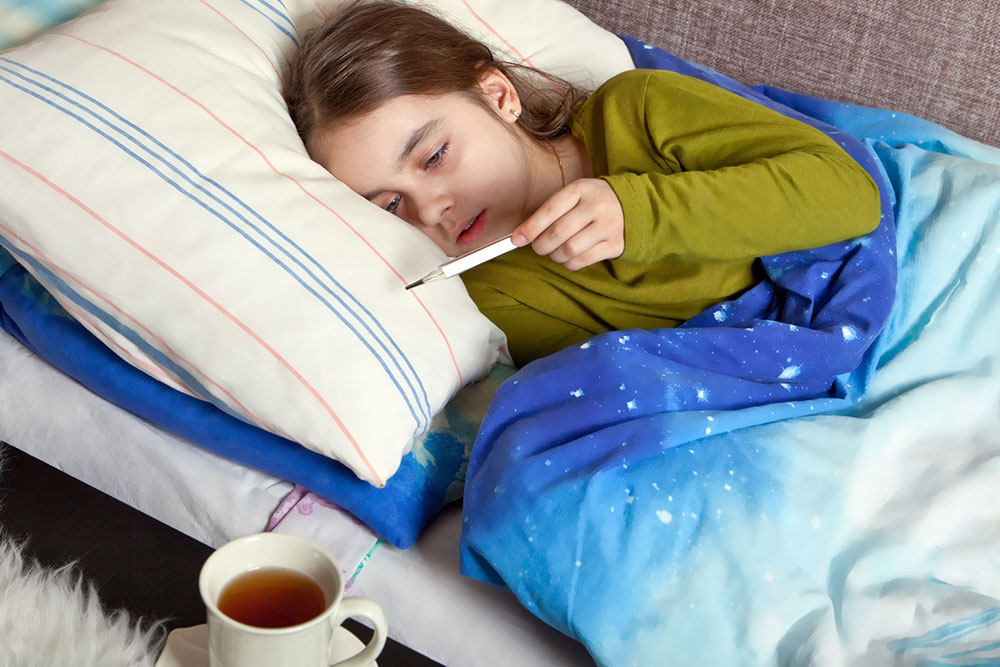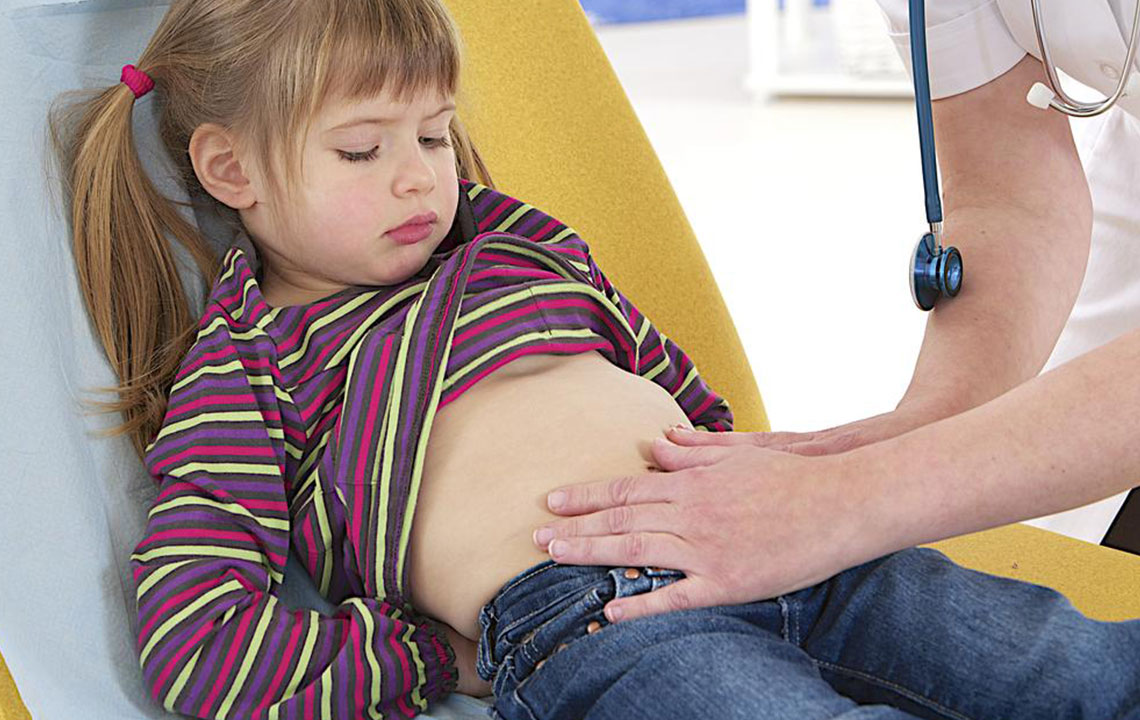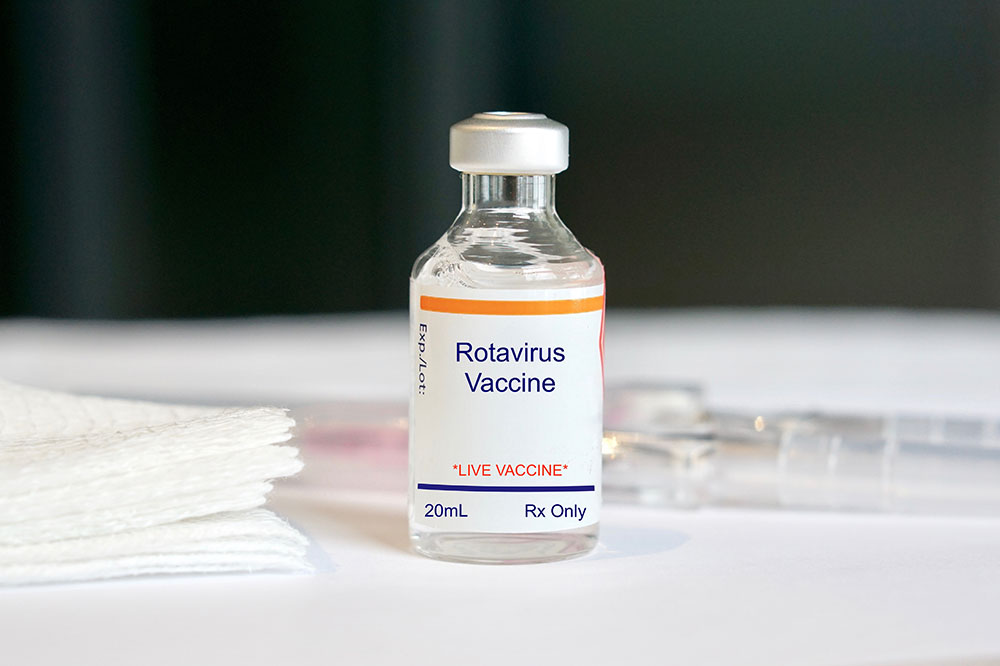Guide to Measuring Children's Fever with Thermometers and Temperature Charts
This comprehensive guide explains how to accurately measure children’s temperatures using various thermometers and interpret fever using age-specific charts. It emphasizes the importance of proper techniques, when to seek medical care, and precautions to ensure safe measurements. Suitable for parents and caregivers, the article helps identify warning signs and manage childhood fevers effectively.

Guide to Measuring Children's Fever with Thermometers and Temperature Charts
Knowing how to accurately measure a child's temperature is essential for identifying fever. The normal temperature range varies by age, and exceeding these limits indicates a fever.
Monitoring a child's temperature
The chosen method depends on the child's comfort and the target temperature outlined in the age-specific fever chart. For infants 0 to 3 months, normal temperature ranges from 97°F (36°C) to 100.4°F (38°C). Temperatures above 100.4°F (38°C) suggest a fever.
The same temperature thresholds apply for children aged 3 to 6 months, with a fever indicated at above 101°F (38°C). For children older than 6 months, a temperature surpassing 102°F (39°C) signifies a fever.
When to Seek Medical Help
Consult a healthcare professional promptly if the child's temperature indicates a fever combined with other symptoms.
Infants under 3 months with a fever need immediate medical attention.
Signs that require medical consultation: Persistent high fever despite medication, refusal to drink fluids leading to dehydration, neck stiffness, headache, abdominal pain, respiratory difficulty, rashes, joint pain, or a fever lasting more than 5 days should prompt a visit to the doctor.
Methods for measuring temperature with corresponding fever ranges
Using a reliable digital thermometer is recommended for accurate readings. Types include rectal, oral, temporal artery, armpit, and ear thermometers.
Rectal thermometer for infants:
Normal rectal temperature ranges from 97.9°F (36.6°C) to 100.4°F (38°C). A reading over 100.4°F (38°C) indicates fever. Use lubrication like petroleum jelly on the thermometer tip, and gently insert it about one inch into the rectum while the baby is lying on their stomach or side. Wait until the device signals completion.
Oral measurement:
Normal range is 95.5°F (35.3°C) to 99.5°F (37.5°C). Temperatures above 99.5°F (37.5°C) suggest fever. Place the thermometer under the child's tongue, ensuring their mouth stays closed until the beep.
Temporal artery measurement:
Normal is 97.9°F (36.6°C) to 100.1°F (37.8°C); readings above this indicate fever. Sweep the thermometer across the forehead for an accurate reading.
Armpit measurement:
Normal is 94.5°F (34.7°C) to 99.3°F (37.4°C). Higher readings signify fever. Ensure the thermometer touches the skin under the arm and hold it firmly until the beep signals completion.
Ear temperature (tympanic):
Normal is 96.3°F (35.7°C) to 100°F (37.8°C). Temperatures over 100°F indicate fever. Insert the thermometer into the ear canal as instructed, and wait for the beep for an accurate reading.
Precautions when using thermometers: Always read the manufacturer's instructions, clean thermometers with lukewarm water and alcohol before use, and use separate devices for oral and rectal measurements with proper labeling for safety.










